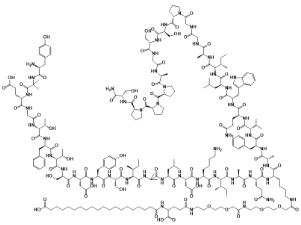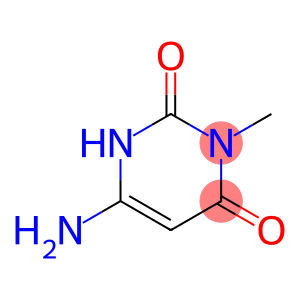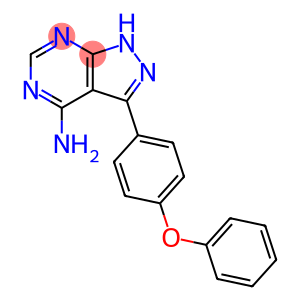Rose Oil(CAS#8007-01-0)
| Risk Codes | 10 – Flammable |
| Safety Description | S23 – Do not breathe vapour. S24/25 – Avoid contact with skin and eyes. S16 – Keep away from sources of ignition. |
| UN IDs | UN 1993 3/PG 3 |
| WGK Germany | 1 |
| RTECS | VL0457000 |
| FLUKA BRAND F CODES | 8 |
| Toxicity | The acute oral LD50 in rats was reported as > 5 g/kg (Moreno, 1973). The acute dermal LD50 in rabbits was reported as > 2.5 g/kg (Moreno, 1973). |
Introduction
Rose extract is a mixture of compounds extracted from roses, typically including rose essential oil and other natural compounds. It has the following properties:Fragrance: Rose extract has a rich aroma and is widely used in perfumes and aromatherapy.Antioxidant properties: Rose extract is rich in polyphenols and antioxidants, with anti-aging and moisturizing effects.Anti-inflammatory properties: Studies have shown that rose extract has some anti-inflammatory effects and can be used to soothe and reduce skin sensitivity or inflammation.Rose extract is widely used in the following areas:Methods for extracting rose extract include distillation, solvent extraction, and supercritical fluid extraction. Among these, distillation is the most commonly used method, in which the essential oil in the petals is evaporated by steam, and then the extract is obtained through condensation and separation.








